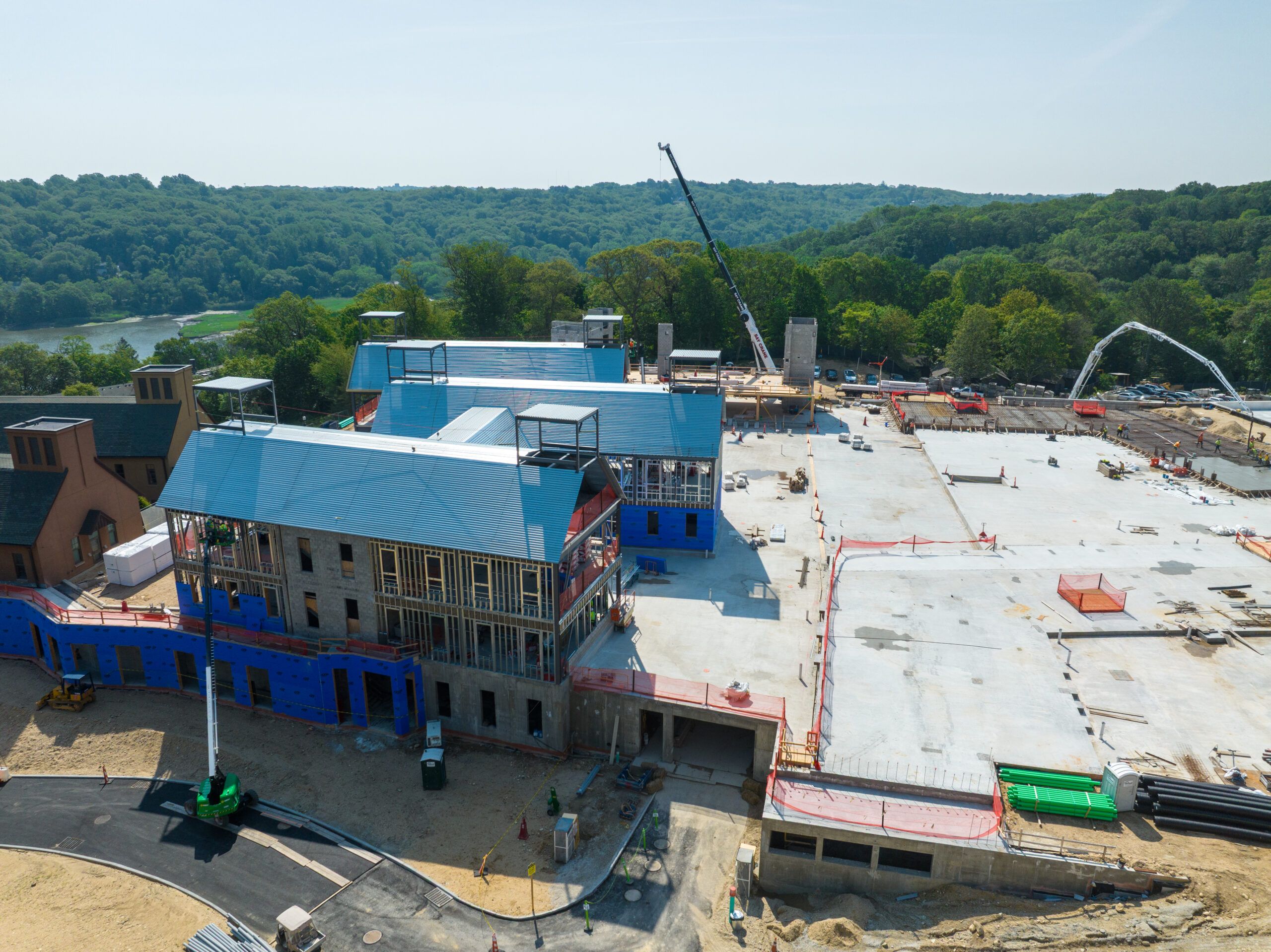A beautifully landscaped yard does more than add curb appeal—it also impacts how your outdoor space functions over time. Too often, landscaping is approached with a short-term mindset: planting a few shrubs here, laying sod there, or installing a fence without considering future needs. The most successful outdoor environments, however, begin with smart planning.
Working with a landscaping company that understands design principles and long-term property goals can turn a standard backyard into a well-organized, durable, and enjoyable living space. Thoughtful design saves time, reduces maintenance, and increases the usability of every square foot—season after season.
The Value of Intentional Layout
Landscaping isn’t just about aesthetics. At its core, it’s about how people move through and interact with outdoor environments. Without a proper plan, elements like patios, garden beds, fences, and walkways may clash or create awkward flow. Worse, they may require costly rework if placed without foresight.
Starting with a layout plan ensures that each feature serves a purpose. For example:
- Seating areas are positioned for shade during hot months
- Drainage paths are considered before planting or paving
- Fences are aligned with property lines and terrain contours
- Trees are placed with future growth and root expansion in mind
When these decisions are made early, the finished landscape doesn’t just look good—it works well. A trusted landscaping company can help translate your vision into a structured design that supports everyday use and long-term flexibility.
Incorporating Fence Installation Into Early Design
One of the most overlooked aspects of outdoor design is fencing. Homeowners often wait until after a yard is established to consider fencing needs. But fence installation is most efficient and visually seamless when included from the beginning.
Fences define zones—whether it’s separating a backyard play area from a garden or enclosing a pet-friendly section of the yard. Placement affects sightlines, sun exposure, and privacy. By planning ahead, you avoid situations where existing trees or hardscape elements interfere with fence layout or require adjustment.
Additionally, considering fence height, materials, and color during the design phase ensures consistency across your entire landscape palette. A coordinated approach brings visual unity and a sense of purpose to the finished space.
Grading and Drainage: Hidden Foundations
Few homeowners enjoy thinking about grading and drainage, but they’re critical to outdoor success. If water doesn’t drain properly, you risk everything from plant rot to foundation damage. Grading is the foundation on which all other landscaping decisions are built.
Smart planning involves:
- Sloping lawns and hardscapes away from the home
- Creating swales or berms to redirect runoff
- Installing drains, gravel beds, or permeable pavers
- Positioning plants that tolerate wet conditions in low areas
A well-equipped landscaping company will evaluate the property’s natural contours before construction begins. This prevents erosion, water pooling, and costly corrections in the future.
Outdoor Zones: Making the Most of Every Area
Segmenting a yard into functional zones is a key component of design. These zones might include:
- Dining/entertaining areas: Patios, decks, or outdoor kitchens
- Relaxation zones: Hammocks, water features, or fire pits
- Play areas: Lawns, swing sets, or sandboxes
- Utility spaces: Compost bins, sheds, or vegetable gardens
With a defined plan, each space serves a distinct purpose and doesn’t compete with others for visual or physical space. This makes your outdoor area feel organized, even if it’s relatively small.
The right landscaping company will work with you to understand how your household uses outdoor space, then recommend layouts that reflect those habits while leaving room for growth and seasonal variation.
Material Choices That Withstand Time
Smart landscaping isn’t just about where things go—it’s about choosing materials that last. A design may look great at installation but lose functionality if the materials can’t handle your climate, traffic, or maintenance preferences.
Key considerations include:
- Pavers and hardscapes: Choose options that resist cracking and match your aesthetic
- Mulch and groundcover: Select materials that suppress weeds and retain moisture
- Fence materials: Wood, vinyl, or metal each offer different lifespans and upkeep levels
- Plant varieties: Opt for native or climate-adapted species for durability and low maintenance
Every decision should reflect both beauty and practicality. By thinking ahead, you reduce the need for replacement, repainting, or repair—saving money and frustration.
Lighting and Accessibility
Well-planned outdoor lighting enhances both safety and atmosphere. But like fences, it’s best considered early in the process. Pathway lights, uplighting for trees, or accent fixtures around patios all benefit from pre-installed wiring or conduit access.
In addition, accessibility features like wide walkways, handrails, or gradual slopes are easier to integrate when part of the original plan rather than an afterthought. If your household includes children, seniors, or guests with mobility considerations, early planning ensures the landscape serves everyone.
A forward-thinking landscaping company will help identify potential needs and design with inclusivity and future use in mind.
Seasonal Flexibility
Smart landscape design anticipates seasonal changes. A functional yard should look good—and remain usable—across spring blooms, summer heat, autumn leaf fall, and winter dormancy.
This means planning for:
- Year-round visual interest: Mixing evergreens, deciduous trees, and ornamental grasses
- Shade coverage: Using trees or pergolas to provide relief during hot months
- Wind protection: Installing fences or shrub lines as natural windbreaks
- Winterization: Ensuring plant beds, irrigation, and structures are easy to maintain or protect in cold weather
Designing for all seasons maximizes the return on your landscaping investment. It keeps your space looking polished and welcoming regardless of the time of year.
Planning for Future Changes
One sign of smart landscaping is its ability to evolve. A yard that works for a newly married couple should still support a growing family—or an empty nest—years later. Building in flexibility ensures the space adapts as your needs change.
Tips include:
- Leaving open lawn areas that can be transformed later
- Using modular patio furniture or features
- Choosing fence designs that allow for future extensions
- Installing conduit for future lighting or irrigation upgrades
Mile High Fence & Landscape understands that outdoor design should support not just the present, but the future. Planning with flexibility means fewer limitations and greater satisfaction as your life evolves.
Conclusion
Smart landscaping begins long before the first stone is placed or the first plant is chosen. It’s rooted in thoughtful design, site evaluation, and a deep understanding of how outdoor spaces function over time. From grading and fencing to zoning and material choice, every element plays a role in long-term success.
By partnering with a knowledgeable landscaping company early in your project, you gain more than just a pretty yard—you create a functional, flexible, and lasting outdoor space that supports your lifestyle now and for years to come. And when fence installation is planned alongside landscape design, your yard becomes a seamless, cohesive reflection of your priorities and vision.











